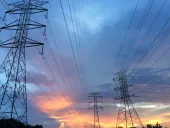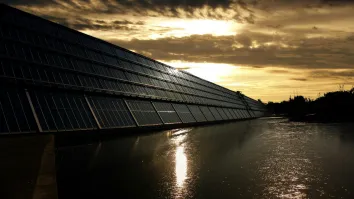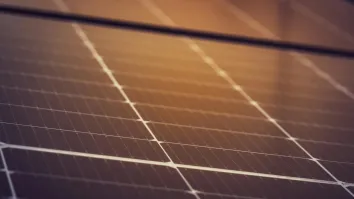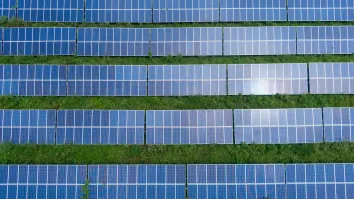
Smart Grids for the future – but what about today?
By Craig FroomeWith the deployment of renewable energy technologies exponentially increasing annually, more resources are being allocated to all aspects of the energy sector. A multi-disciplinary approach is needed to identify what the major issues that networks will face over the next few decades in transitioning from fossil fuel based generation to cleaner, primarily renewable generation. The current belief by many is that future smart grids will provide the transmission, distribution and communication networks that will solve all the issues currently being raised by network operators.
The problem is when will this happen and what do we do today?
Internationally renewable and clean energy research has focused on technology development at the generation end of the network cycle or improving existing power systems engineering. There has been much written on smart or intelligent grids and what they will look like and what they will do, but much more needs to be demonstrated in practice. The renewable technologies being commercially deployed are intermittent, which will create a number of network issues in the short term.
Significant penetration of solar and other renewable energy sources into the grid will highlight a number of operational concerns over maintaining system power balance. With the proliferation of wind and large scale solar, electricity networks will become two-way power flow systems. Sudden changes of climatic conditions can cause a big power fluctuation within a few seconds. Because the conventional generation has to be uncommitted to allow usage of solar and other energy sources, the sudden power deficit may not be easy to compensate quickly. This will result in power system instability and poor power quality problems having an impact on operating reserve, imbalance in energy, and voltage and frequency regulation of the grid. Therefore, these technical issues need to be addressed within the existing distribution network systems. Research in this area needs to focus on comprehensive power system stability issues that will arise due to wind, solar and other renewable energy source integration within both distribution and transmission networks. This includes the study of voltage regulation and development of control methods and compensation techniques to overcome any instability issues. Analysis of frequency regulation, spinning reserve and investigation of advanced islanding monitoring and control schemes due to faults in the existing protection systems also needs to be investigated.
The topic that has primarily been ignored is the role that battery storage can play in overcoming some of the network issues identified, particularly at the distribution level in the short term. The major issues identified require long-term solutions, with many issues being inter-related. Storage at MW scale is now available and will provide solutions with different battery storage systems being more suitable for different problems, making selection a localised issue, dependent on the grid, technology and level of deployment.
As governments continue to set ambitious renewable energy targets, the ability for the sector to deliver the quantity required, based on both the current rate of technological learning and the ability to manufacture the quantities required, looking more and more unlikely. However, to achieve the results, the grid must also be able to deliver the power generated and planning to achieve this must start now.
The foundations have been laid to ensure that we will have the ability to deliver sustainable energy systems; what is needed is the combined support from government, the power industry and consumers to accept change and realise that some of the changes will only be transitional. We must start thinking about what needs to be done now to address the issues that will arise based upon existing technology. We have now reached that point in time where we can’t risk putting off until tomorrow what needs to be done today.
Craig Froome, Global Change Institute, The University of Queensland, Brisbane, Australia




















 Advertise
Advertise






